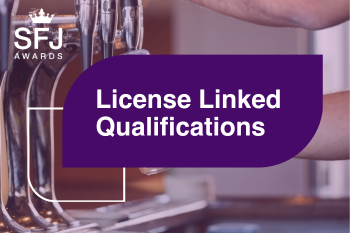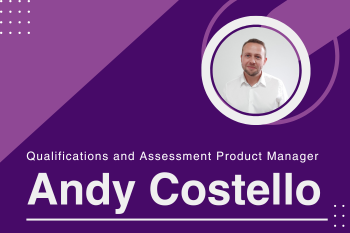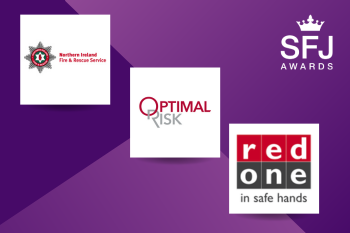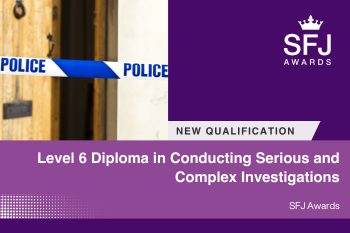What is a Professional Discussion in an Assessment?
Professional discussion is a planned, in-depth, two-way conversation between assessor and learner. It is an effective way of assessing complex understanding and knowledge. It is an effective use of time and an efficient holistic assessment method. Professional discussion can help a learner who finds written evidence difficult to produce. It can also be used as an assessment method to confirm authenticity where this is questionable, or to stop any gaps in the learners’ product evidence.
It is NOT just a chat, NOT a group activity and is NOT a terrifying ordeal for the learner. The key aspect in professional discussion is the ‘discussion’.
“The process of asking prepared questions around an assessor-led agenda, with the learner answering rather than leading, is doomed to failure”
Research from Black & William 1998 and QCA and ALI (2004)
How to plan for Professional Discussion?
Learners and assessors should plan for professional discussion. Prepare ‘thoughtful’ questions, us the right kind of language – one the learner understands.
The assessor must be skilled in putting the learner at ease and be able to adapt their own behaviour and demonstrate sensitivity – using non-verbal as well as verbal cues.
Assessors need to remember to keep quiet – wait for thinking to take place and ask probing questions where appropriate – “what specifically led you to say that? ”And?” “So?” “Because?”. Resist the temptation to speak if there is an awkward silence whilst the learner is thinking.
The assessor should let the learner develop their ‘learning story’. Professional discussion should make effective use of questioning methods e.g. open, prompt and specific questions.
Professional discussion needs to be time managed – 30 minutes of ‘quality’ discussion is much better than over an hour of ‘erming’…… It should be a short but rich discussion.
Questions posed should be sequenced to successively lift or extend thinking, moving the learner from narrow to broader aspects. It is helpful to ask the learner easier questions before to put them at ease before progressing on to more complex questions.
What are the common mistakes in Professional Discussion?
Common pitfalls of professional discussion are – asking too many questions all at once, asking a question and then as the assessor answering it yourself(!), always asking the same kind of question, not giving the learner time to think, ignoring answers and asking difficult questions too early in the conversation.
Creating an audit trail by recording the discussion helps the assessor, the learner, the IQA and the EQA, and it formalises the professional discussion. The discussion can be recorded in a number of different ways – it can be handwritten notes on a suitably drafted document (audio recording is preferable) BUT it MUST be referenced to the unit and criteria that are being claimed. If handwritten notes are taken by the assessor it is good practice for the learner to authenticate them and confirm them as a true record of the conversation. If audio, it is important that the learning outcomes/assessment criteria are mapped to the recording – ideally with the time when the criteria was addressed via the discussion, eg 1m 55 secs, 3.1, 2m 43 secs 5.4 and 5.5, etc.
Digital recording on Smart phones and online Instant Messaging used to capture professional discussion which is then saved and included as part of the learner evidence with the assessment criteria annotated as to where they have been addressed/met make excellent use of technology available to us.
Find even more insights about qualifications, learning and development.





